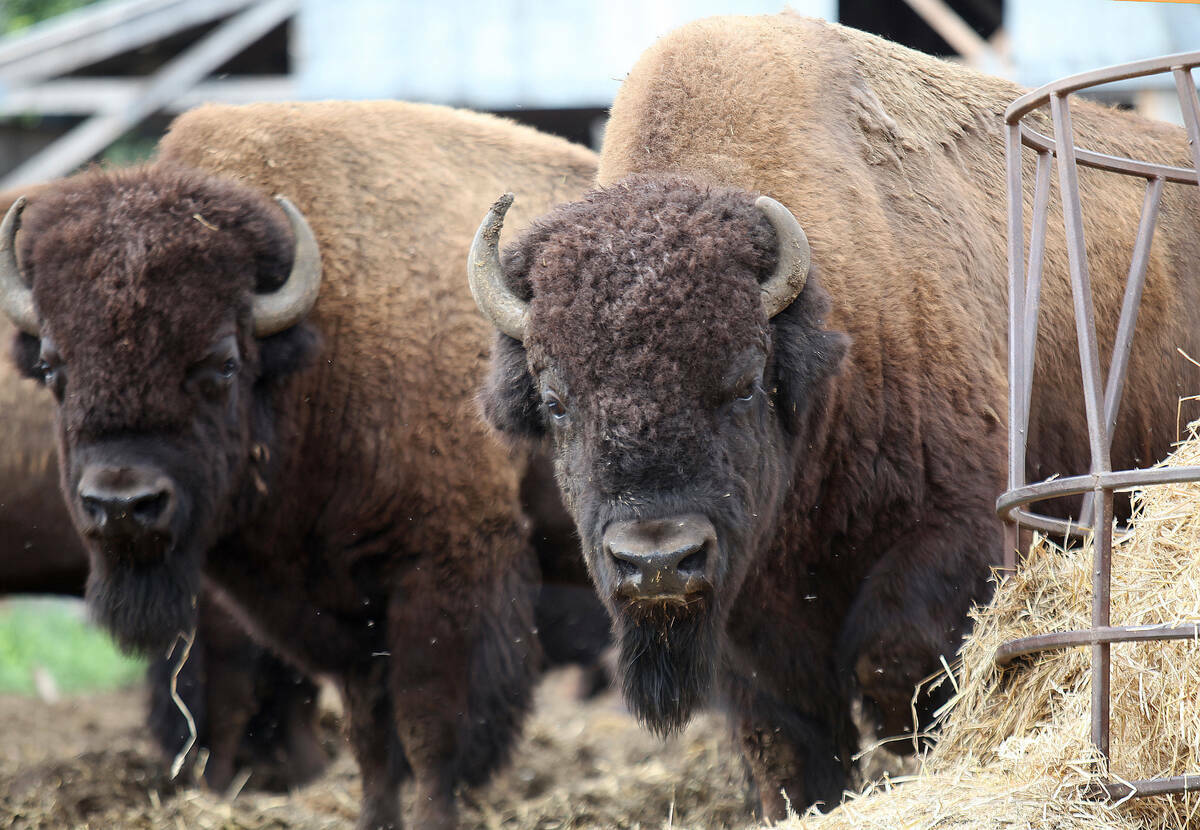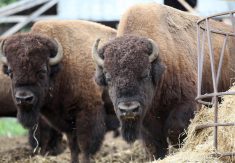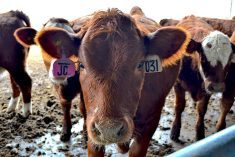HISTORY MATTERS Each cow has a unique set of risks and that should determine whether to treat the disease or cull
Dairy producers need to take more care and follow proper procedure when treating a dairy cow with mastitis.
Too often employees without access to a cow’s records are in charge of treatment, dairy expert Pamela Ruegg told attendees at the recent Western Canadian Dairy Conference.
“These guys don’t have time to be making decisions about cow history,” said the professor in dairy science at the University of Madison, Wisconsin.
“They don’t have time to look at the history. These guys should not be giving the treatment. The treatments have got to leave the milking parlours. The people who should be making the decisions about the treatments should be managers who have access to records.”
Read Also

Bison prices remain high, but supply shrinks
Bison numbers are down amid increasing demand and record high market prices.
Every cow is unique, and there are risk factors for recurring cases of mastitis, she said.
Mastitis is a disease caused by bacteria that inflames the udder. It can result in the cessation of milk production or the milk produced can have a high somatic cell count, making it unsuitable for human consumption.
“Mastitis is the only disease that damages the cells that produce the product we sell,” she said.
When a cow’s milk returns to normal after mastitis, it does not mean bacteria are completely eradicated. Treatment requires determination of the type of bacteria that is present and it’s not easy to know if treatment has been successful as cows only display systemic signs of illness in about 15 to 20 per cent of cases.
“Most cases on the farm are very mild and if we don’t treat them, clinical signs will disappear within four to six days,” Ruegg said. “A return to normal milk doesn’t mean that mastitis bacteria are gone, or that the treatment has been successful.”
The type of bacteria that cause clinical mastitis has changed in the past 20 to 30 years, she said. Cows that have had previous cases of mastitis, cows in early lactation, old cows and cows that have other diseases don’t respond as well to antibiotic treatment. Older cows have more recurrences of mastitis and cows are more likely to get mastitis on their second or third lactation.
“Age is a factor we need to consider when we’re putting together our treatment protocols,” Ruegg said.
About 18 to 20 per cent of cows will have a recurrence of mastitis, she said.
The stage of lactation is another key factor. About 35 per cent of cows that contracted their first case of mastitis in the first month of lactation had a second case within 60 days. Cows that contracted mastitis later on in lactation were less likely to become reinfected.
The odds of successful treatment are determined by the type of pathogen. Some pathogens, such as yeasts, will not respond significantly to antimicrobial therapy.
“About 15 per cent of cows treated for mastitis will have a new infection in a 60- to 90-day period,” she said. “That’s a really high infection rate.”
Treatment decisions should be made based on the pathogens and the somatic cell history of the cow.















